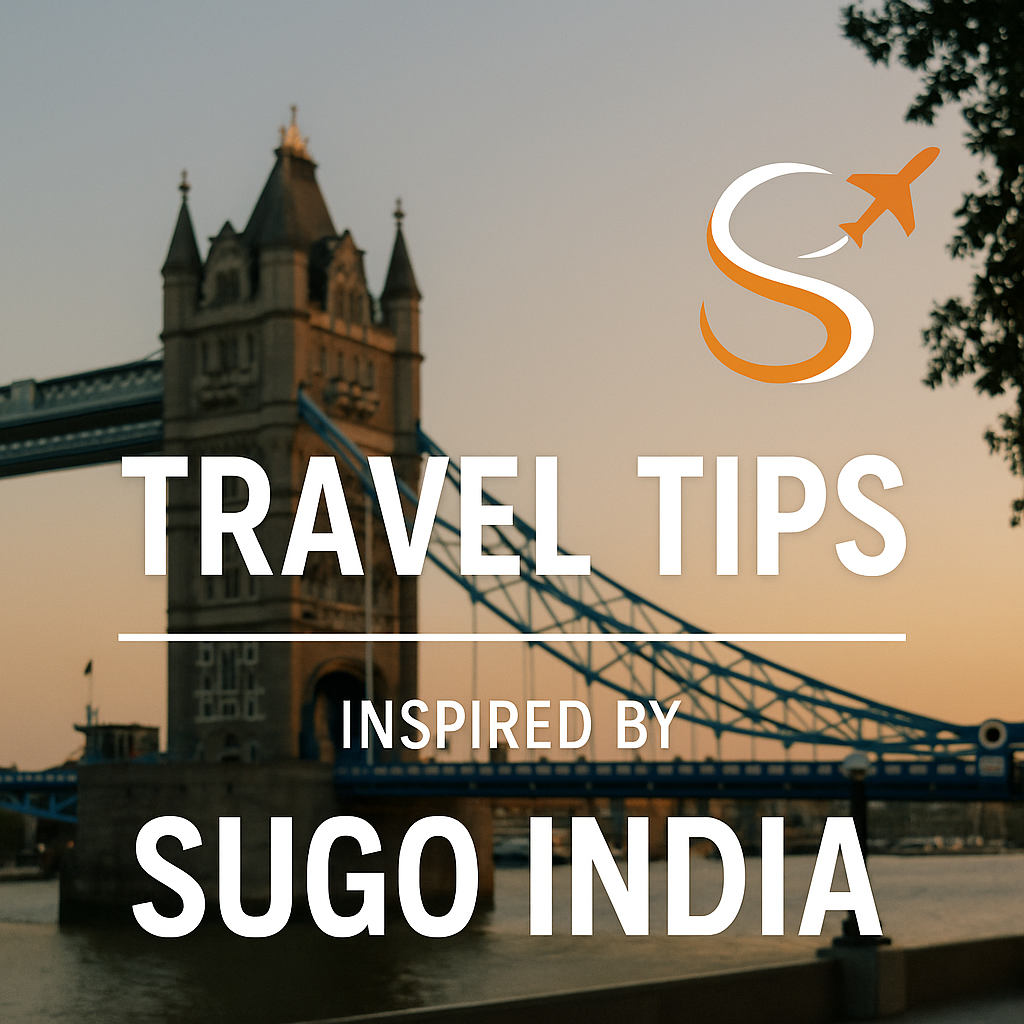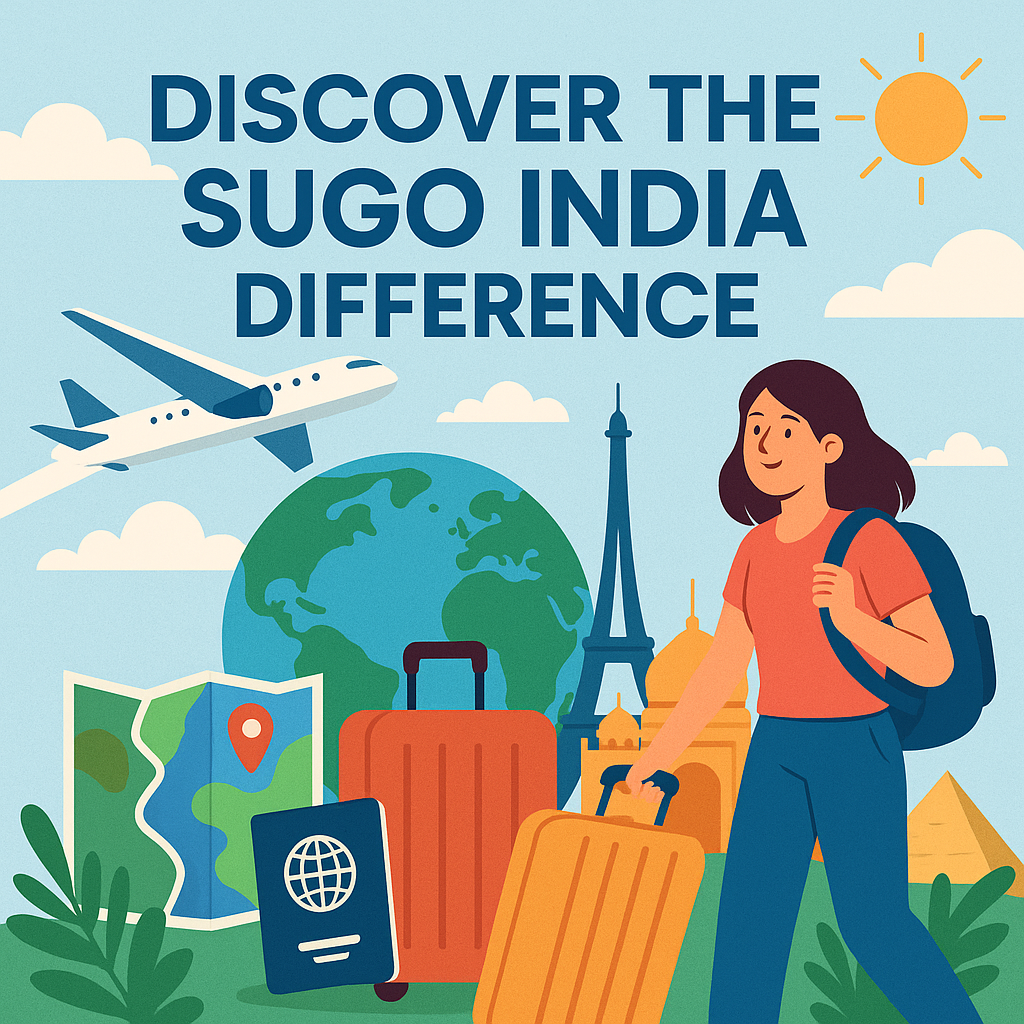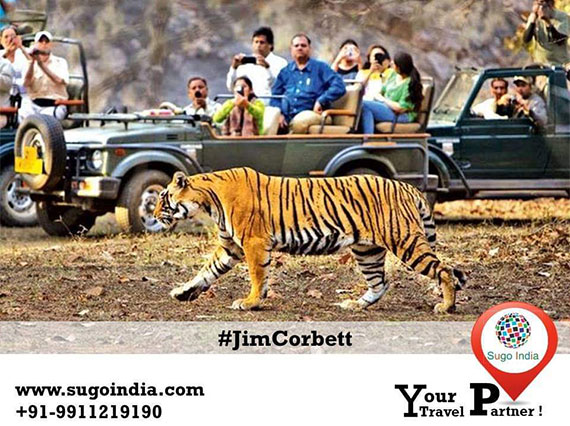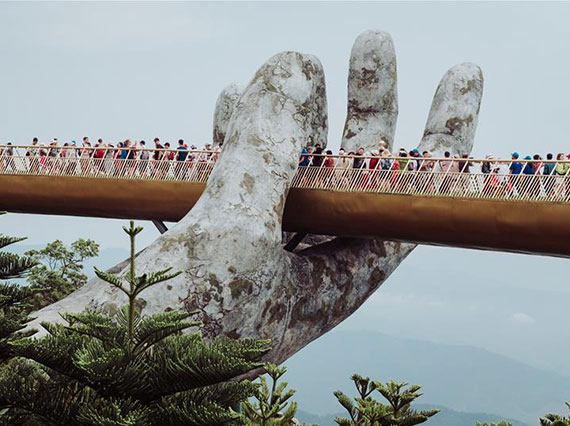Southeast Asia is one of the most magical regions on earth. Filled with stunning beaches, historic temples, verdant jungles and bustling cities, there’s something for every traveler there. But staying healthy and safe is something to consider when visiting a region so different from your own, especially for the first time. Things like visa requirements, best times to visit, currency exchange and what to bring may be at the top of your mind, as well as the most obvious question — which country should you visit?
After a number of long-term visits over the years to varying countries in Southeast Asia, I’ve learned a thing or two. Beginner travelers should check out these travel tips and follow this Southeast Asia travel advice when considering a visit to the region for the first time.
- Pick your countries wisely
While it’s tempting to visit many countries and cities on a single trip to Southeast Asia, it’s worth taking it slow and digging into the culture of a single country and/or just a handful of places, rather than exhausting yourself with a travel itinerary that has you hopping all over what amounts to an enormous territory.
For example, Bali, Indonesia and Hanoi, Vietnam, are both set within Southeast Asia, but beware — they’re a seven-hour flight away from each other. Before you commit to flights and accommodation, pull out the map and choose countries/cities that are relatively close together or are easily accessible by nonstop flights or direct trains.
When deciding on the best country to visit in Southeast Asia, you should also take into account whether you want to explore cities, relax on beaches, see the outdoors or embrace culture, cuisine and history.
The best country to visit for beginner travelers could be Thailand. First-time visitors to the region may also enjoy Bali, Indonesia. Both of these spots are used to an influx of tourists and have plenty of amenities. They’re both relatively easy to navigate and have friendly locals that speak English.
More experienced travelers or those wanting an adventure may prefer spots like Myanmar, Malaysia or Laos. While almost all Southeast Asia destinations welcome backpackers with open arms, Cambodia is very backpacker-friendly — and is extremely affordable, especially outside of tourist destination Angkor Wat. Those wanting to lap a country from top to bottom should head to Vietnam. For unexplored beaches, visit more off-the-beaten-path islands in Indonesia (that aren’t Bali) or the Philippines.
- Check visa requirements
Several Southeast Asian countries require your passport to have at least six months’ worth of validity left or a specific number of empty pages — and visa requirements seem to be constantly changing. For example, a few years ago, e-visas weren’t available online for several entrance points in Myanmar, but now they are. Meanwhile, Vietnam has changed its visa requirements in past years and now citizens from several European countries no longer need a visa to enter.
Check visa requirements ahead of time and apply online if possible. For example, U.K. nationals will find that applying for a visa to enter Laos online is relatively straightforward and can ease hassle upon arrival, especially when you’re jet-lagged in a new and unfamiliar country.
Check visa requirements before your trip. (Photo by Yadpiroon Mimala/EyeEm/Getty Images)
If you do end up needing a visa upon arrival at your chosen destination(s), be prepared with the proper currency and passport-size photos of yourself. Many airport visa offices have ATMs/exchange services (albeit with terrible rates) and photo booths, but if you arrive with these items in hand, as well as any forms you might need printed and filled out ahead of time, the visa experience will be quicker and easier.
Also, be sure to grab a couple of extra entrance and exit forms each time you enter a country — if you end up leaving and reentering that country by bus, boat or train, having the correct forms handy will enable you to save time you’d otherwise spend in a line.
- Pack light and right
Deciding what to bring to Southeast Asia is a common conundrum. Try to pack as light as possible and do laundry wherever you go rather than trekking around with an overweight backpack or heavy trolley bag. In most Southeast Asian countries, you can get your clothes washed, dried and ironed in under 24 hours for the equivalent of a couple of dollars, and at street markets, you can shop inexpensively for any extra clothes and toiletries you may need.
Pack light and right. (Photo by STIL/ Unsplash)
These are the things you should make sure to pack:
- raincoat/umbrella (especially during rainy season)
- sunblock
- hat
- modest clothing covering knees/shoulders for temple visits
- first aid kit (including all kinds of stomach medicines)
- small flashlight
- earplugs/sleepmask
- hand sanitizer
- travel packs of tissues (note that squat toilets usually aren’t equipped with toilet paper)
- adaptor/multi-port plug that allows you to charge a few of your electronics at once
Related reading: 14 packing hacks for traveling with just a carry-on
- Best times to visit Southeast Asia: rainy or dry season?
You can organize your trip in one of two ways: picking a destination(s) first and then selecting the best time to go, or picking your destination(s) based on what will have the best weather during the time you’re able to visit. Most countries in Southeast Asia have two main seasons: wet and dry.
Even certain regions within countries can have separate rainy seasons. For example, if you want to have a beach holiday in Thailand over Christmas, it’s better to choose islands in the Andaman Sea, which are sunny, like Koh Lanta or Koh Yao Yai and skip the Gulf of Thailand islands, such as Koh Samui or Koh Tao, where it’s rainy season.
Be prepared for downpours during rainy season. (Photo by Henn Photography/Getty Images)
If you’re visiting larger cities, rainy season may not be so bad. You’ll experience a downpour or two for sure, but you may get cheaper hotel deals or better value on airfare. But, it may be best to avoid smaller towns or villages during the wet season where lack of infrastructure during floods may complicate your stay.
It’s also important to consider additional seasonal situations — like burning season, where many Southeast Asian regions burn brush and old crops to prepare for planting. Air quality is bad during this time and may affect tourists, especially those with respiratory problems.
- Safeguard your health
Before you travel to individual countries, check their vaccine requirements and recommendations — and then actually get those vaccinations. If you’re worried about the expense, be aware that you can opt to get your vaccinations upon arrival in Bangkok, where they’re often affordable at local health centers. When traveling to any Southeast Asian country, getting tetanus shots and typhoid vaccines are generally a good idea. In addition to any necessary vaccines, seek out strong mosquito repellent, as this can help protect you from dengue fever and malaria.
Be sure to stay check on vaccinations before traveling. (Photo by Guido Mieth/Getty Images)
- Get travel insurance
Plan to get travel insurance when visiting the region, because health risks in Southeast Asia don’t entirely diminish even if you’ve had your vaccines. As Southeast Asia trips often include adventures like indulging in street food, zip-lining, scuba diving, jungle treks and motorcycle rentals, it’s wise to have a policy in place.
Trip insurance can come in handy. (Photo by Lori Zaino/The Points Guy)
During a previous trip to Thailand, I developed an ear infection from snorkeling. Thanks to my travel insurance, I was in and out of a doctor’s office within an hour, complete with medicine and a special souvenir bag (see above) — all covered by my policy. Years ago in Malaysia, my husband cut his foot on coral while diving and required antibiotics. Having travel insurance made the situation an easy (and free) fix. Insurance policies can also cover non-health-related problems such as lost luggage or issues with flights and hotels, so look into getting the best travel insurance policy for you.
- Consider alternate travel methods
While we love a good points and miles deal, using trains, low-cost airlines and ferries is a great way to save money while moving from place to place. Buses are generally the cheapest method of transport in Southeast Asian countries, but be aware of travel scams and know that you might be in for dirt, dust, unpleasant (or simply strange) smells, crowds, bumpy roads and more.
Consider train travel in Southeast Asia. (Photo by Westend61/Getty Images)
Ferries can sometimes be crowded, but are a quick, cheap and a direct form of travel between islands, and though often slow, trains are a fun way to explore and see the lay of the land(s). Low-cost carriers such as AirAsia, Bangkok Airways, Nok Air, Tiger Air and more offer cheap flights to a variety of destinations — and some even have frequent flyer programs. Though often a splurge in comparison to bare-bones taxi-boat journeys, river cruises are luxurious, scenic adventures and a great mode of transportation.
- Rent a scooter at your own risk
If I had a dollar for every 20-something I saw with a bandaged knee, chin or foot in Thailand, I would easily be rich. Renting scooters can be a great way to get around, but in some Southeast Asian countries you’ll need to drive on a different side of the road you’re accustomed to and you may have to battle intense traffic, hills, curves, stray dogs, dirt or sand roads, crazy taxi drivers — and worst of all, other foreigners driving scooters who are unfamiliar with these conditions. Even though many locals and tourists don’t wear helmets, you still should.
Be careful if you rent a scooter. (Photo by John W Banagan/Getty Images)
Before you head off with a rental scooter, be sure that your rental agent sees you taking detailed photos and/or videos of the bike, and actively point out any scratches or concerns to them. Though scooter rentals are often just a few dollars per day upfront, scooter scams are common, where a rental agent will insist that you’ve scratched or otherwise damaged their motorbike, charging you hundreds (or even thousands) of dollars in damages before they’ll return your passport to you.
- Be smart about currency exchange
Airports and banks often charge excessive fees to exchange money, but you’ll usually get a decent exchange rate if you wait to change money once you’re in Southeast Asia. However, know that Southeast Asian hotels generally offer terrible exchange rates, so stick to banks or other spots that advertise “Money Exchange.” Make sure to change plenty of cash, as street market vendors, taxi drivers and smaller restaurants may not take credit/debit cards.
Cash is king when traveling in Southeast Asia. (Photo by Yellow Dog Productions/Getty Images)
Many hotels and larger restaurants will take credit/debit cards though, so make sure to use ones that hold no foreign transaction fees.
- Avoid “temple burnout”
“Temple burnout” happens when you see so many ornate and beautiful temples that they all begin to look the same — and you lose interest in seeing any more, ever. To avoid this malady, arrange some non-temple-oriented activities on your Southeast Asia travel itinerary, or simply take a day (or two) off to relax and rest your eyes. After a bit of visual reboot, you’ll have a whole new appreciation for a region of the globe that has more amazing temples than you could possibly imagine.
Wat Chaiwatthanaram in Ayutthaya, Thailand. (Photo by SOMPOP SRINOPHAN/Getty Images)
- Don’t be afraid to bargain
You should absolutely bargain with local street vendors or at markets — it’s a cultural norm to do so. I’ve had some great times bargaining and laughing with street vendors and even made friends with a few locals along the way, coming home with memorable souvenirs for my efforts. Just make sure to barter reasonably and always with a smile on your face. The point of bargaining is to engage with locals and agree on a fair price, not to cheat them or get scammed yourself.
Bargaining in Myanmar. (Photo by Lori Zaino/The Points Guy)
- Be a responsible tourist
It’s best to avoid orphanage tourism, hill tribe visits or any activity that exploits children, ethnic groups or animals. When participating in elephant tourism, make sure to carefully vet your organization and make sure they’re protecting the animals in lieu of harming them.
While begging children may tug at your heartstrings, the more money they earn from tourists, the more their parents see them as a source of monetary gain and the less inclined they are to send them to school — where they’d have a shot at a better future.
Instead of giving children money, chat with them. (Photo by Lori Zaino/The Points Guy)
When diving/snorkeling or out in nature, make sure to adhere to the no trace policy, not littering or taking anything from delicate natural environments.
If you want to lend real support to locals in Southeast Asia, dine at Tree Alliance restaurants. Located in Myanmar, Cambodia and Laos, these eateries train disadvantaged young adults as chefs and waiters and also donate money to programs that assist low-income locals to get jobs. Offering traditional cuisine, these restaurants provide a delicious way to help.









